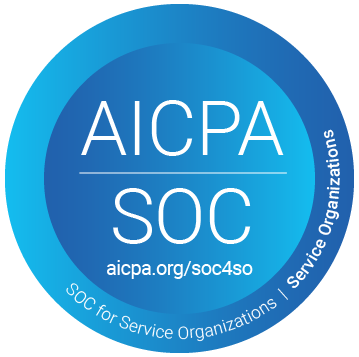Understanding the Elements of Professional Negligence
It is easy to prevent a Professional Negligence insurance claim when you understand the elements that go into determining the outcome of a claim.
In this article on professional negligence, you will learn:
- The basics of professional negligence.
- The elements of a professional negligence insurance claim.

What is Professional Negligence?
Professional negligence is the act of a professional not performing their job up to a reasonable standard.
Professionals are expected to carry out “reasonable care.”
According to the US Legal Dictionary, reasonable care is “the degree of caution and concern an ordinary prudent and rational person would use in similar circumstances.”
For professional negligence to occur, the person hired for the job must perform below the standards of a reasonable person in a similar role.
To understand the elements of a professional negligence claim, we look at the methods used to decide if reasonable care is being used.
Elements of Reasonable Care
There are two elements used to decide if reasonable care is present in one’s work.
- Foreseeability tests
- Multifactor tests
Foreseeability tests determine if a person can decide that their actions, or lack of action, could harm or cause a loss for their client.
The Business Insurance Platform Embroker describes several elements used in multifactor tests to determine the duty of care:
- The severity of the harm.
- Whether a different course of action is possible.
- The cost of a different course of action.
- Whether safer or less harmful options exist.
These tests decide the success of a professional negligence claim.
Determining the Outcome of a Claim
A successful claim proves a professional provides service below a reasonable standard.
If a professional acts within reason, a professional negligence claim is unsuccessful.
In the meantime, learn about more elements of professional insurance by visiting the SmartCompliance blog!


